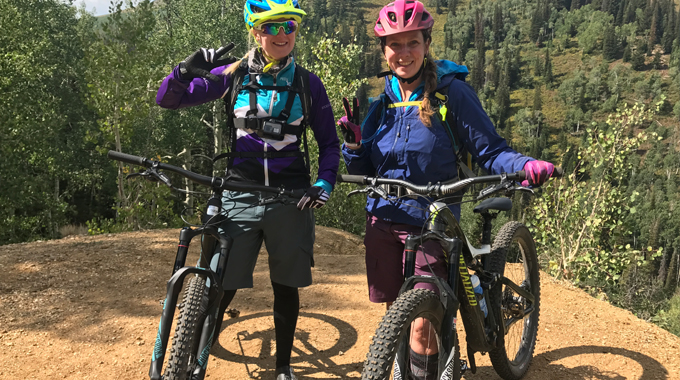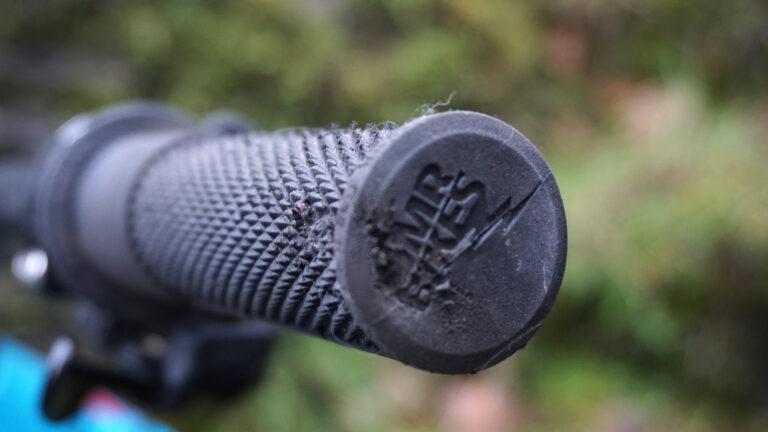Words by Natalie Fraser
I’m sure we’ve all heard of plus tyres and how more and more big brands are getting behind the movement and developing their own plus bike models.
Plus bikes aim to provide more control, more comfort and more traction with tyre widths of between 2.8-3.0″, as opposed to regular tyres which are sized between 2.2-2.4″. But do they really offer any major advantages or are they just another fad that won’t last? We took to the trails to put the plus MTB tyres to the test, pitting them against the regular sized MTB tyres to see if we can provide an answer.
Everything you need to know about bicycle tyres
Over the weekend we took our two test steeds; a Scott Genius 720 Plus and a Norco Fluid 7.1. The trails were still pretty churned up and sloppy after a wet few weeks, so test conditions were prime.
Ground Contact

Both bikes performed admirably but the Plus bike inspired more confidence for hitting wet, muddy and skiddy patches, especially on berms or moving at speed downhill.
The contact patch is much bigger with plus tyres, up to around 20% bigger in some cases which means more rubber is in contact with the ground, meaning more grip and the possibility for the bike to lean further over without losing traction.
There were a few moments where the Plus bike squiggled about a bit, but I managed to stay upright… Just to reinforce this point, there were five instances when the regular tyres lost grip and I ended up eating mud.









